Hatha Yoga Kriyas
Hatha means willpower, and here it refers to disciplined practice and behaviour using willpower and energy.
Hatha Yoga is the path of practice and purification - internal, as well as external. It is therefore an additional Yoga path to the four traditional paths. Regular practice of these exercises requires willpower and discipline and that is why this path is called Hatha Yoga.
HA-THA, also means sun and moon. This refers to the union and harmony of the sun and moon principles, which result from the practice of Hatha Yoga.
There are six purification techniques that pertain to Hatha Yoga, called Shat Karma Kriyas or Shat Karmas: Neti, Dhauti, Nauli, Basti and Shanka Prakshalana, Kapala Bhati Pranayama, Trataka.
1. Neti - Purification of the Nose
There are two types of Neti: Jala Neti and Sutra Neti.


2. Dhauti - Purification of the Esophagus and Stomach
Jala Dhauti or Kunjala Kriya and Sutra Dauti
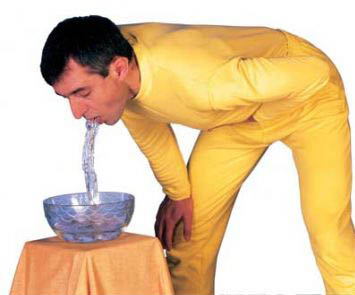
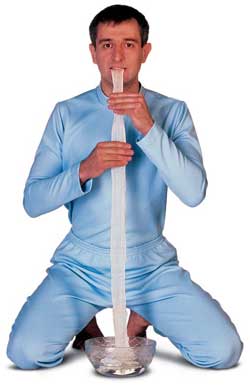
3. Nauli - Turning of the Abdominal Muscles
4. Basti and Shanka Prakshalana - Complete Cleansing of the Intestines
4a. Basti
In earlier times Basti was performed in the river whilst sitting in a squatting position. With the assistance of Nauli water was sucked up into the intestines and then eliminated again into the river. Today this technique is applied as an Enema in order to cleanse the lower segment of the intestine.
4 b. Shanka Prakshalana
This technique is practiced in the morning on an empty stomach and, for the first three times, should definitely be practiced under the guidance of a teacher from “Yoga in Daily Life”.
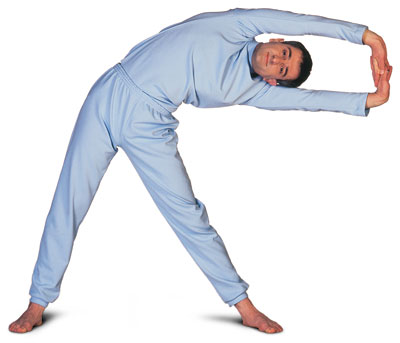


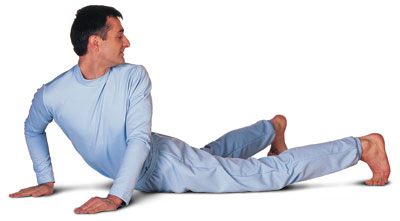
View Shanka Prakshalana in eSystem
5. Kapala Bhati Pranayama - Cleansing the Frontal Sinuses
View Kapala Bhati Pranayama in eSystem
6. Trataka - Concentration on a Point or Candle Flame
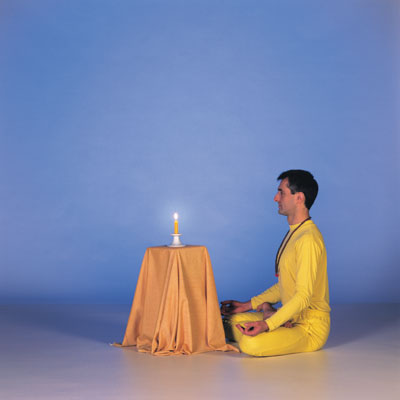
In the West, Asanas and Pranayamas are generally assigned to Hatha Yoga - they are actually a part of Raja Yoga.


